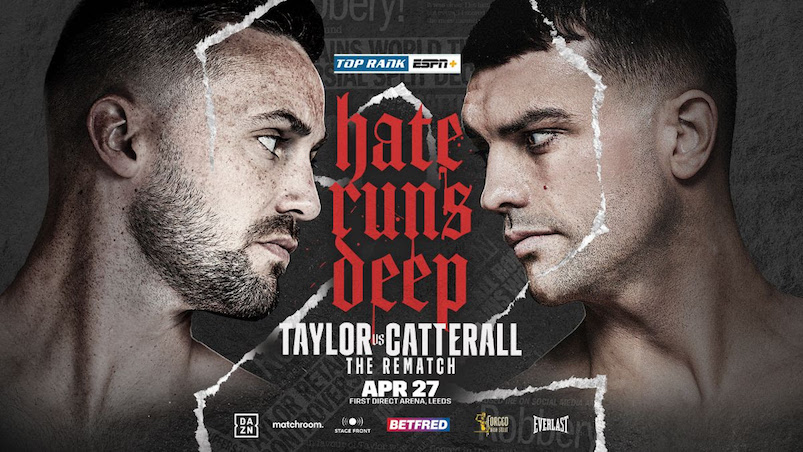The last time the New Orleans Pelicans (then the Hornets) drafted a generational superstar No. 1 overall, it was Anthony Davis. The team’s general manager, Dell Demps, proceeded to execute a fairly unique plan: build a high-end team around Davis over the ensuing years without staying in the NBA Draft lottery. He’d surround Davis not with similarly young players who would rise together into a beautiful cake of realized talent, but with so-called “young veterans” — established, decent-to-good players who could get Davis into the playoffs early and often in the Pels’ quest to convince the eventual superstar to eventually stay in town after his second contract concluded.
Demps did a sign-and-trade for a 24-year-old Ryan Anderson and traded two second-round picks for a 24-year-old Robin Lopez. He went in deeper the summer after Davis’ rookie season, trading two firsts for 23-year-old Jrue Holiday and flipping Lopez in a sign-and-trade for 24-year-old Tyreke Evans. A year later, Demps traded a first for 28-year-old Omer Asik.
This mostly didn’t work. The Pelicans won a single playoff series in Davis’ seven years before he was traded to the Lakers this week, under threat of leaving as a free agent next summer. Now, Demps’ replacement, David Griffin, is trying a different approach.
After lucking into Zion Williamson at No. 1 overall, Griffin pulled off the Davis deal, taking back 21-year-old Lonzo Ball, 21-year-old Brandon Ingram, and a slew of picks, including No. 4 in Thursday’s NBA Draft. Rumors swirled that Griffin would flip No. 4 for a young veteran. You’d forgive the Pelicans fandom for having flashbacks.
Instead, Griffin traded back to lose Solomon Hill’s contract and turn that No. 4 pick (who ended up being De’Andre Hunter) into three rookies: Jaxson Hayes, Nickeil Alexander-Walker, and Marcos Louzada Silva. This is more young talent to play alongside the young Williamson.
Now, there’s no telling what Griffin will do with that pile of cap space he’s opened up. Maybe he will chase a “young veteran” instead of saving it to give second contracts to Ingram (a restricted free agent next summer) and Ball (two years away). Maybe Griffin plans to hedge his bets and trade a future Lakers pick in the right deal while there’s still some uncertainty about the value of those picks.
But for now, this looks like a more traditional rebuild around Zion than what Demps pursued to fit around Davis. Both GMs knew the particular difficulties a New Orleans NBA franchise faces — and honestly, Demps’ situation was way worse given ownership struggles. In a way, Griffins is trusting Zion’s talent to carry the team upward and raise his young teammates up. The keys — all of the keys — are in Zion’s grasp from the start. There’s no training wheels outside of who’s already there (namely, Holiday and a good, experienced coach in Alvin Gentry).
Will it work? That depends on whether Zion reaches his immeasurable potential, whether players like Hayes and Alexander-Walker pan out, what else Griffin does in the draft and free agency, whether Ingram is healthy, whether Ball thrives leaving Los Angeles, and many other factors. You could say it mostly depends on Zion, but Davis was everything hoped for and more, and we see where that got the Pelicans. The other stuff matters.
Griffin appears to be taking a different route with Zion than his predecessor did with Davis. In seven years or so, we’ll see if it leads to a better destination.
Sign up for the newsletterGood Morning It’s Basketball



